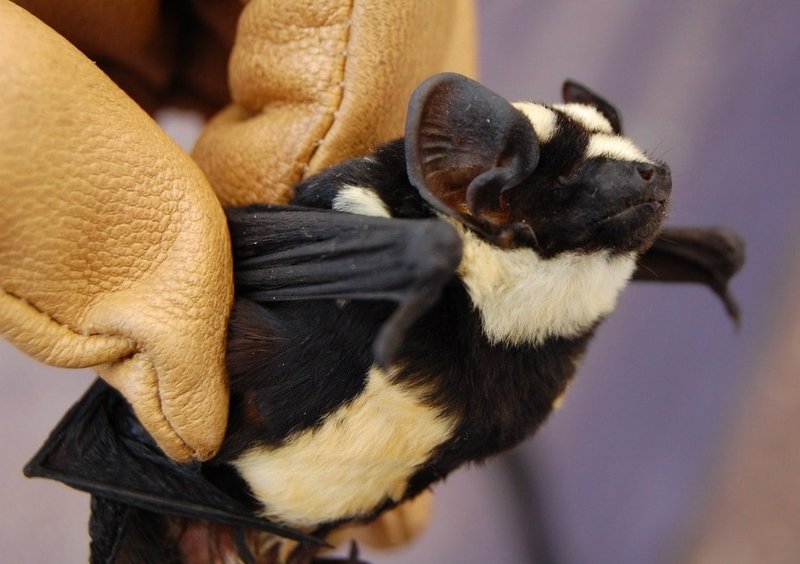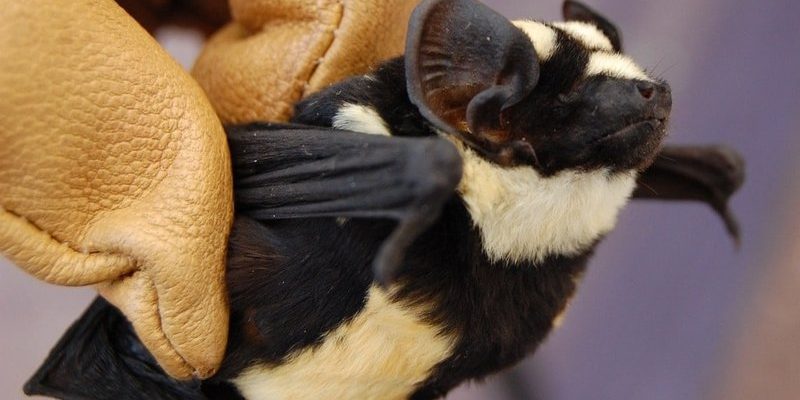
If you’ve ever seen a bat fluttering in the evening sky, you might have wondered what makes them tick. They’re not just the stuff of horror movies; they play essential roles in ecosystems. Let’s dive into some intriguing facts about these remarkable creatures that will make you see them in a whole new light.
1. Bats are Mammals, Not Birds
Bats are often confused with birds, but here’s the thing: they’re actually mammals! This means they’re more closely related to us than you might think. Like humans, they give birth to live young and nurse their babies. In fact, bats are the only flying mammals, which is pretty impressive.
Unlike birds, bats have flexible wings made of a thin membrane of skin stretched between their elongated fingers. This gives them incredible maneuverability, allowing them to swoop, dive, and change direction at lightning speed. Think of them as the acrobats of the animal kingdom—artistically flying through the air.
2. They’re Masters of Echolocation
You might be wondering how bats navigate in total darkness. Here’s where the magic of echolocation comes in. Bats emit high-frequency sounds that bounce off objects in their environment. By listening for the echoes that return, they can pinpoint the location, size, and even texture of things around them.
Imagine throwing a ball against a wall and listening for how it bounces back to judge the distance. That’s essentially what bats are doing! This skill isn’t just for finding their way; it helps them hunt insects, making them fantastic pest controllers.
3. Bats are Super Pollinators
You may think of bees as the go-to pollinators, but bats play a significant role here too. Many fruit and flower species rely on bats to help with pollination. For example, the agave plant, which is used to make tequila, depends entirely on bats for this process.
When bats feed on nectar, they transfer pollen from one flower to another, helping plants reproduce. Without bats, some of our favorite fruits—like bananas, mangoes, and avocados—could become scarce. So, the next time you enjoy a tropical smoothie, give a nod to our batty friends!
4. They Have Diverse Diets
Not all bats feast on insects; their diets vary widely depending on the species. Some bats chow down on fruit, while others may sip nectar or even eat small vertebrates like fish or frogs.
Fruit-eating bats are essential for dispersing seeds, which helps maintain healthy forests. On the flip side, insect-eating bats can consume up to 1,200 insects in just one night. That’s like having a little pest control squad flying around your home, keeping annoying bugs at bay!
5. Bats Live in Large Colonies
Bats are social creatures that often live in large colonies. These roosts can range from a few dozen to several million bats! They prefer caves, hollow trees, and even attics for their homes.
Living in a colony provides warmth and protection from predators. Plus, it’s a great way to socialize! Bats communicate through various sounds, which can range from clicks and squeaks to songs. Imagine a bustling community where everyone is busy chatting and helping each other out.
6. They’re Found Everywhere Except the Extreme Polar Regions
Bats are incredibly adaptable creatures. You can find them on every continent except Antarctica. From tropical rainforests to arid deserts, bats have found their niche in a wide range of habitats.
Given their versatility, you might be surprised to learn that there are over 1,400 different bat species worldwide! Each one has unique traits that help it thrive in its environment. They’re like little travelers, always exploring new places and settling into the most unlikely of homes.
7. Bats Have Lifespans Longer Than You Think
While many small mammals live short lives, bats are quite the exception. Some species can live for over 30 years! That’s impressive, especially for such small animals.
Factors like their social behavior, roosting habits, and diet contribute to their longevity. Living in colonies offers protection from predators, while their ability to find food helps ensure they stay healthy. It’s a bit like how we might live longer when we have a good support system and access to resources.
8. They’re Crucial for Ecosystem Health
Bats may be small, but their impact on ecosystems is enormous. By controlling insect populations, pollinating plants, and dispersing seeds, they contribute to a balanced environment.
For instance, studies show that bats can reduce the need for pesticides in agricultural fields by keeping pest populations in check. This not only helps farmers save money but also benefits the environment by minimizing chemical usage. Bats are like nature’s little helpers, quietly maintaining the health of our planet.
9. Some Bats Hibernate, While Others Migrate
Depending on their location, bats have different strategies for dealing with colder months. Some species, like the little brown bat, hibernate in caves during winter. They enter a state of dormancy, significantly slowing their metabolism to conserve energy.
Other bats prefer to migrate, traveling hundreds of miles to find warmer climates. This way, they can avoid the harsh conditions of winter while still having access to food. It’s fascinating how these creatures have adapted their behaviors to ensure their survival.
10. Bat Populations Are Declining
Sadly, not all news about bats is great. Many species are facing significant threats, including habitat loss, climate change, and diseases like white-nose syndrome. This fungal infection has led to massive decline in bat populations across North America.
Conservation efforts are underway, but public awareness is essential. By learning more about bats and their importance, we can help protect them. You might even consider spreading the word to friends and family—every little bit helps!
In conclusion, bats are incredible creatures that play vital roles in our ecosystems. From their unique flying abilities to their social behavior and ecological importance, there’s so much to admire about them. Instead of being afraid of these nighttime fliers, let’s appreciate all the ways they contribute to a healthy world. The next time you spot a bat in the twilight, you’ll see them as nature’s superheroes rather than just a spooky shadow in the sky.

